Japanese Tsunami Artifacts Featured at Portland Japanese Garden
Saturday, July 25, 2015
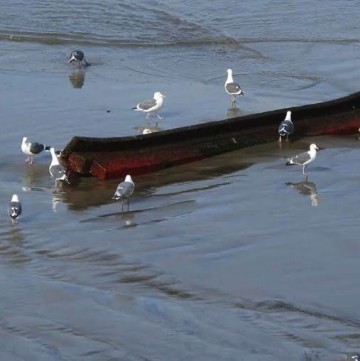
A kasagi washed up on an Oregon beach. Photo by: Lisa Hill.
The massive tsunami that devastated Japan in 2011 scraped Japanese citizens, coastlines, and nuclear plants, but it also threatened Japanese history. In particular, one Shinto shrine had part of its architectural heritage damaged by the natural disaster, with its kasagi (e.g. bowed crossbeams of a torii, or entrance gate) ripped off the hinges and lost to the expanding sea. So where did the beams end up? On two separate beaches off of the Oregon coast. The problem: when they were uncovered, they lacked any specific identifying marks.
Fortunately, the beams ended up in the hands of the Portland Japanese Garden. The CEO of the Portland Japanese Garden Stephen Bloom, Dorie Vollum (a member of the board’s trustees), and Sadafumi Uchiyama (the Garden curator) decided to pursue an extensive search for the beams’ home, a search that quickly unveiled their best bet -- Japan.
It took two years before the Portlander-led investigative team was able to identify the geographical origins of the kasagi. Bloom, Vollum, and Uchiyama had resorted to showing pictures to cab drivers, restaurant owners, and locals throughout three prefectures of the Tohoku region that had taken particularly difficult hits in 2011.
Upon hearing of the return of the kasagi, a local named Toshimi Takahashi admitted that he was the one who initially dedicated the same kasagi to their former (and future) shrine. The reunion was an emotional one for him. “This shrine shows enormous resilience and recovery, calling back all of its lost elements,” said Takahashi.
So, what’s the takeaway? The kasagi are soon to return to their shrine in a symbolic move that has inspired hope and intrigue in both Japanese locals and Portland cultural enthusiasts. The good news: you can still see the kasagi right here in Portland. From July 21st through August 2nd, the Portland Japanese Garden will showcase the kasagi as part of Kasagi: Gates of Hope, an exhibition dedicated to the story behind the return of the kasagi. Experience it firsthand.
Also, any Portland visitor to the exhibit can contribute a handmade note, folded into a paper crane, which will travel with the kasagi back to their birthplace in Japan.
Related Slideshow: Ikebana: Japanese Flower Arranging In 10 Steps
Ikebana, the ancient art of Japanese flower arranging, is all about less. Less is more. Here are 10 steps to help you create the perfect arrangement.
Related Articles
- Portland Film Company to Produce Documentary About Japanese War Brides
- Ikebana: Japanese Flower Arranging In 10 Steps
- Three Portland Buildings Added to the National Register of Historic Places
- Give Obama Fast Track Authority on Asian Trade Pact
- UPDATED: Nine Earthquakes Shake Southern Oregon Border

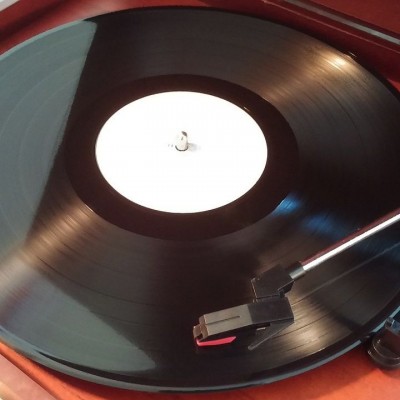
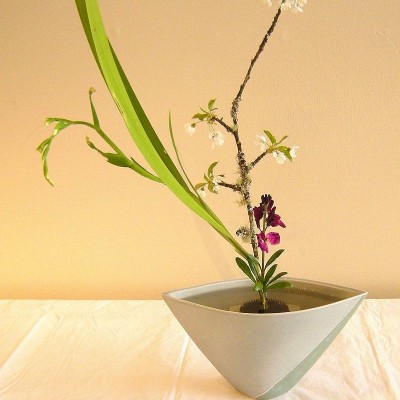

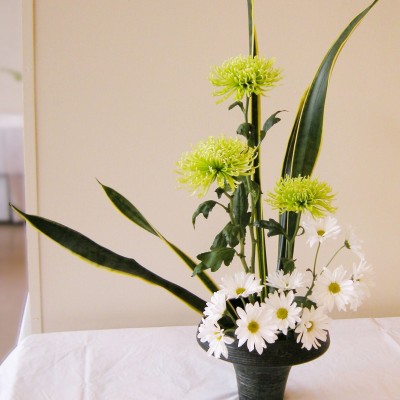
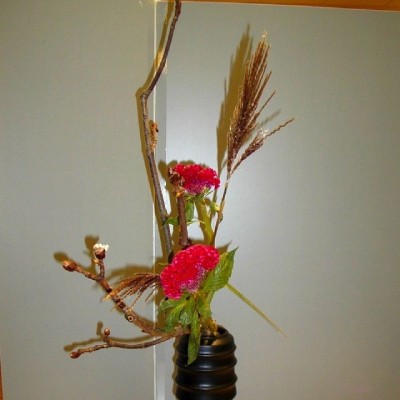
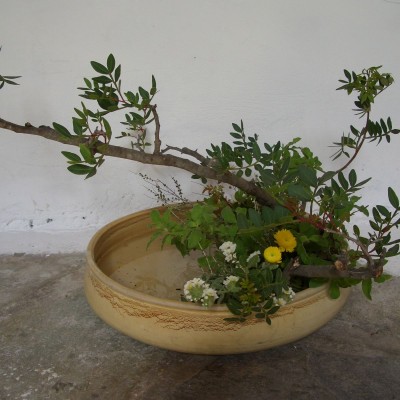
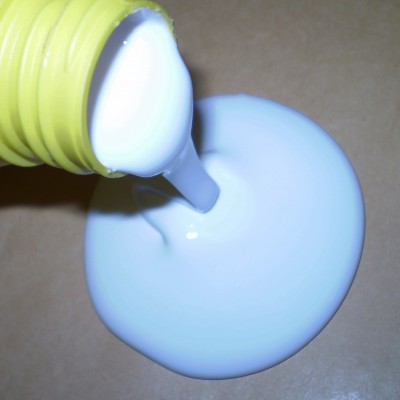
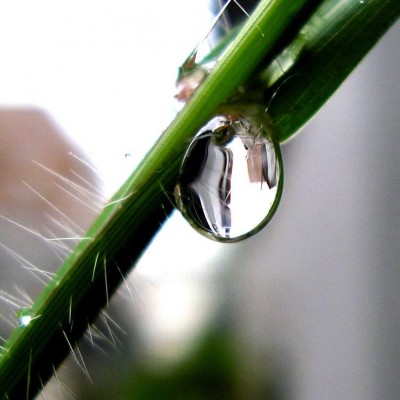
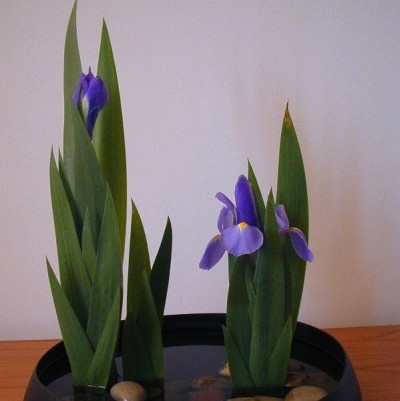














 Delivered Free Every
Delivered Free Every
Follow us on Pinterest Google + Facebook Twitter See It Read It